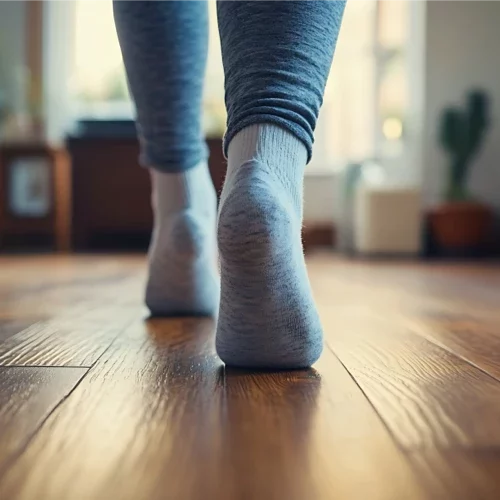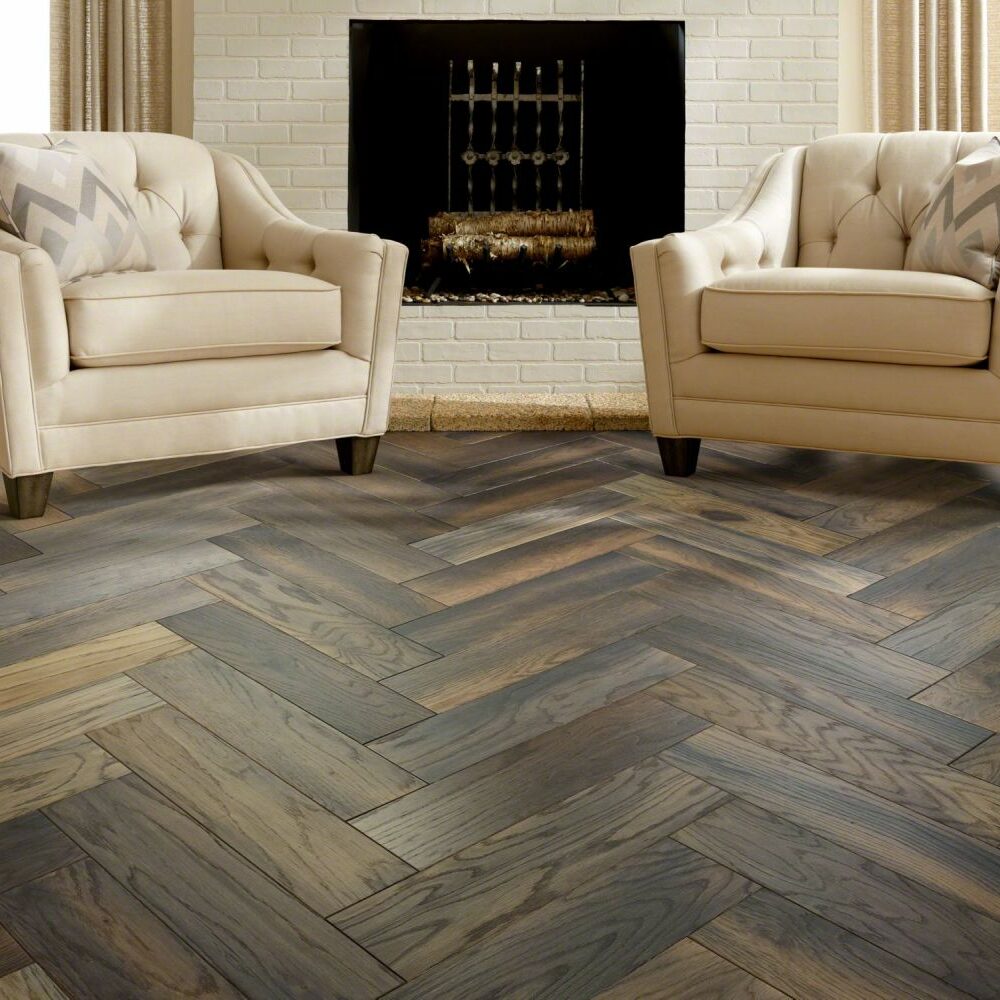

Top Hardwood Brands in Seattle
For Seattle homeowners, investing in hardwood flooring from top brands including Shaw Floors, Mohawk, Hallmark, Anderson Tuftex, and Abode offers a range of significant benefits, especially given the Pacific Northwest's unique climate. At Carpet to Go, you can also find the best engineered hardwood brands, which are particularly well-suited for Seattle's humidity fluctuations. The top hardwood brands offer benefits such as:
Engineered Construction
Our hardwood brands feature engineered hardwood, which is designed with multiple layers to significantly reduce expansion, contraction, warping, and cupping caused by humidity shifts.
Advanced Materials & Technologies
You will find high-density fiberboard (HDF) or specialized plywood cores for superior dimensional stability. Water-resistant technologies offer increased peace of mind against common spills and moisture.
Exceptional Durability
Superior hardwood brands utilize multi-layer, durable finishes, often infused with aluminum oxide, to provide excellent resistance against scratches, scuffs, and fading, while standing up to active households and pets.
Thicker Wear Layers
Many premium engineered hardwood brands feature a thick top layer of real wood, allowing for one or more refinishings over their lifespan and extending the beauty of your investment.
Aesthetic Versatility
You'll find an extensive selection of highly-desired wood species, plank widths, lengths, textures, and finishes to perfectly match any Seattle home's architectural style or design preference, from modern to traditional.
Eco-Friendly Options
Many of our hardwood brands at Carpet to Go offer GREENGUARD Gold and FloorScore certified products, ensuring low VOC emissions for healthier indoor air quality and sustainable sourcing practices.
Is Hardwood Flooring a Good Fit for Seattle Homes?
For Seattle homeowners, engineered hardwood is generally considered the "best fit" for real wood flooring due to its superior stability and moisture resistance in a humid climate. However, solid hardwood remains a desirable option for those who prioritize its long-term refinishing potential and classic aesthetic, provided they are committed to diligent humidity control and proper maintenance.
The layered structure of engineered hardwood handles temperature fluctuations better, making it a more reliable choice for Seattle's damp climate, including installations in basements or over concrete subfloors. If choosing solid hardwood in Seattle, make sure to allow ample time for the wood to acclimate to your home's interior conditions before installation. Also, proper installation with adequate expansion gaps is crucial to mitigate movement. For best performance in your home, maintain consistent indoor humidity levels between 35-55% with dehumidifiers in winter and humidifiers in summer will minimize wood movement.
Serving Bellevue, WA, Seattle, and Surrounding Areas! Contact us if you are looking for carpet locally in Washington State.
- Monday: 9AM-6PM
- Tuesday: 9AM-6PM
- Wednesday: 9AM-6PM
- Thursday: 9AM-6PM
- Friday: 9AM-6PM
- Saturday: 9AM-6PM
- Sunday: 9:30AM-6PM

